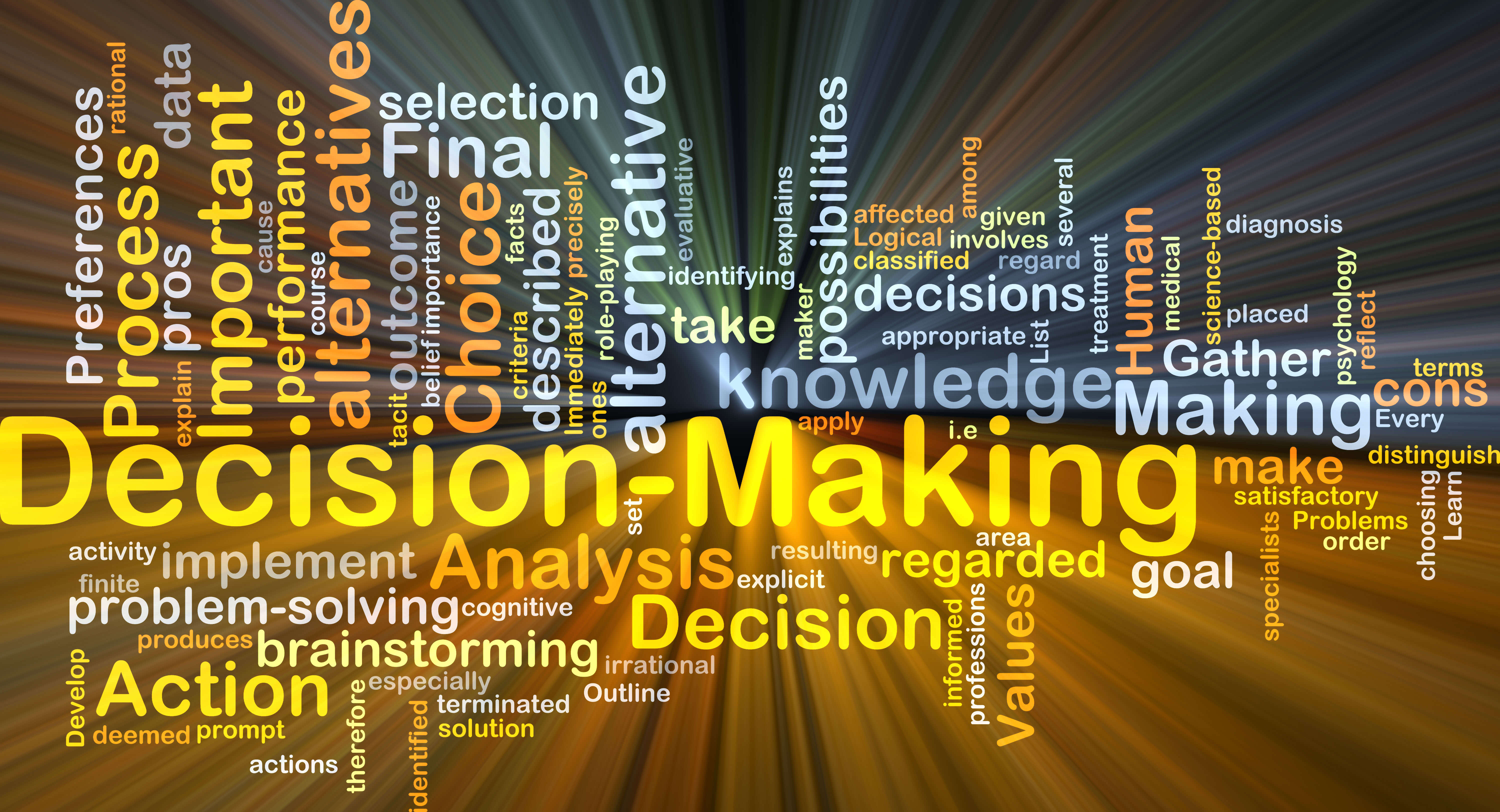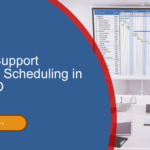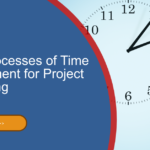In the last post, I covered the 5 reasons why you need to have a clear and transparent project decision making process. This post will build on this by looking at what tools and processes you need to implement a robust project decision process.
Identify Stakeholders
In order to be able to make legitimate and timely decisions, you must have the right people involved in the process. It is no good stating a decision has been made to implement a new UK sales platform if the head of UK sales (or delegate) is not engaged in the decision process.
This is where it is important to identify all of the stakeholders required at each level of governance (working groups all the way to the most senior decision making forum). This is where Stakeholder Analysis can help.
Governance
Hand in hand with stakeholders is ensuring the correct governance. This means establishing the forums to govern and direct the project.
Each forum should have a clear terms of reference outlining the purpose and responsibilities of the forum. The escalation paths and attendees.
The terms of reference should be the first artefact approved by the forum, ensuring to ask if anyone knows if a representative is missing from the list of attendees.
More information in the article Project Governance Meetings and Project Meeting Terms of Reference.
Decision Papers
There is value in the owner of each forum and / or the project manager, setting out guidelines for how decisions should be presented to the forum. This will help ensure that the correct information is provided in a format that allows the forum to make a decision.
It is very important that any request clearly states what decision is being requested. It should also be listed as an agenda item.
I like the approach of also listing what decisions are being requested at the start of any meeting, this ensures that the audience is fully aware of what will be covered.
Recording Decision
After all the hard work, it is important that the decision is recorded in a clear and transparent way that reduces the risk of confusion of what was agreed.
This is where the minutes of the forum are critical. Any decision must be recorded together with any important points in the discussion that led to the decision. In fact many countries are increasingly making this a requirement i.e. Senior Managers Regime in the UK.
The minutes are then circulated, any feedback taken and then revised meeting minutes agreed as final at the next meeting of the forum. This helps ensure that all attendees formerly recognise the decision.
Decision Log
It is a good idea to also implement a central decision log for the project. For a multi year project there will be many decisions. Recording them on a central log means that they can all be accessed quickly in one place, as opposed to having to go through numerous minutes to find adecisions.
Tip: ensure that each decision has a unique reference and capture the date / title of the meeting. You may even want to include a link within the log to the minutes.
Summary
The above simple and easy to implement steps will help ensure a robust process for managing decisions. It should help if the project is audited and reduce the risk of people denying a decision was made.






